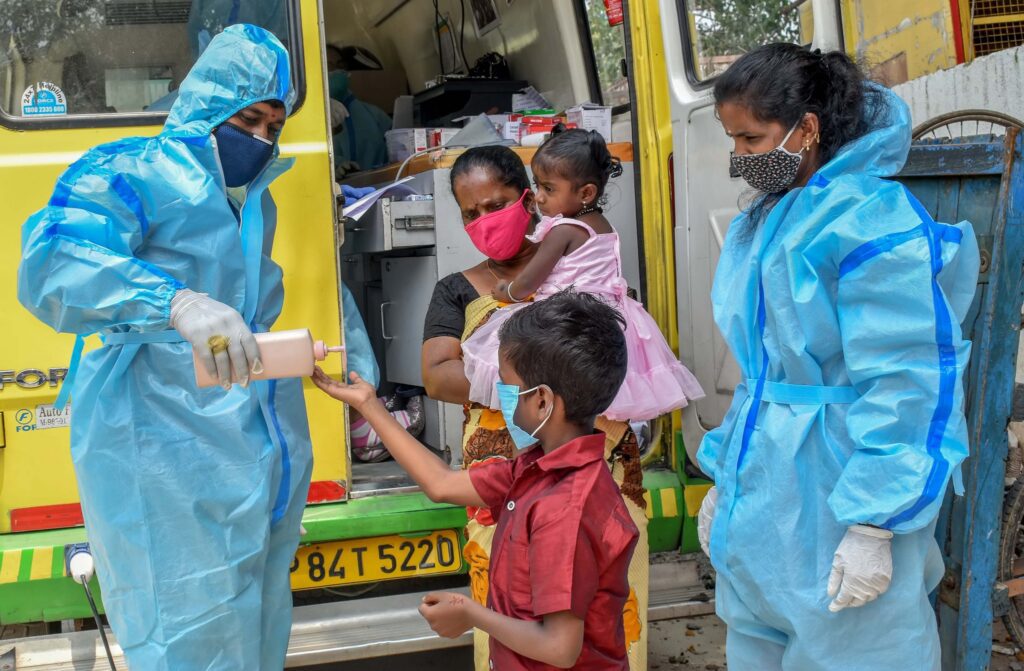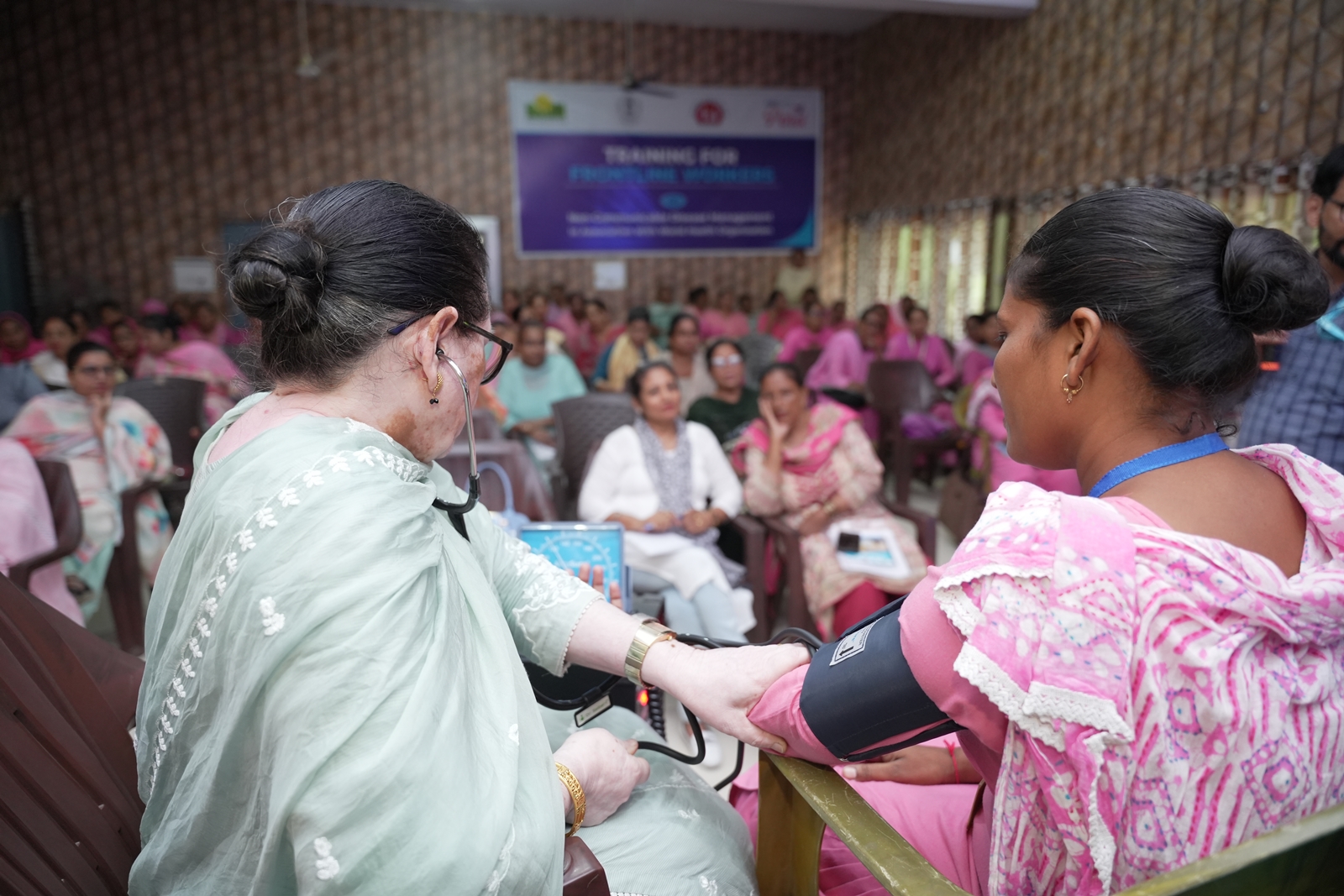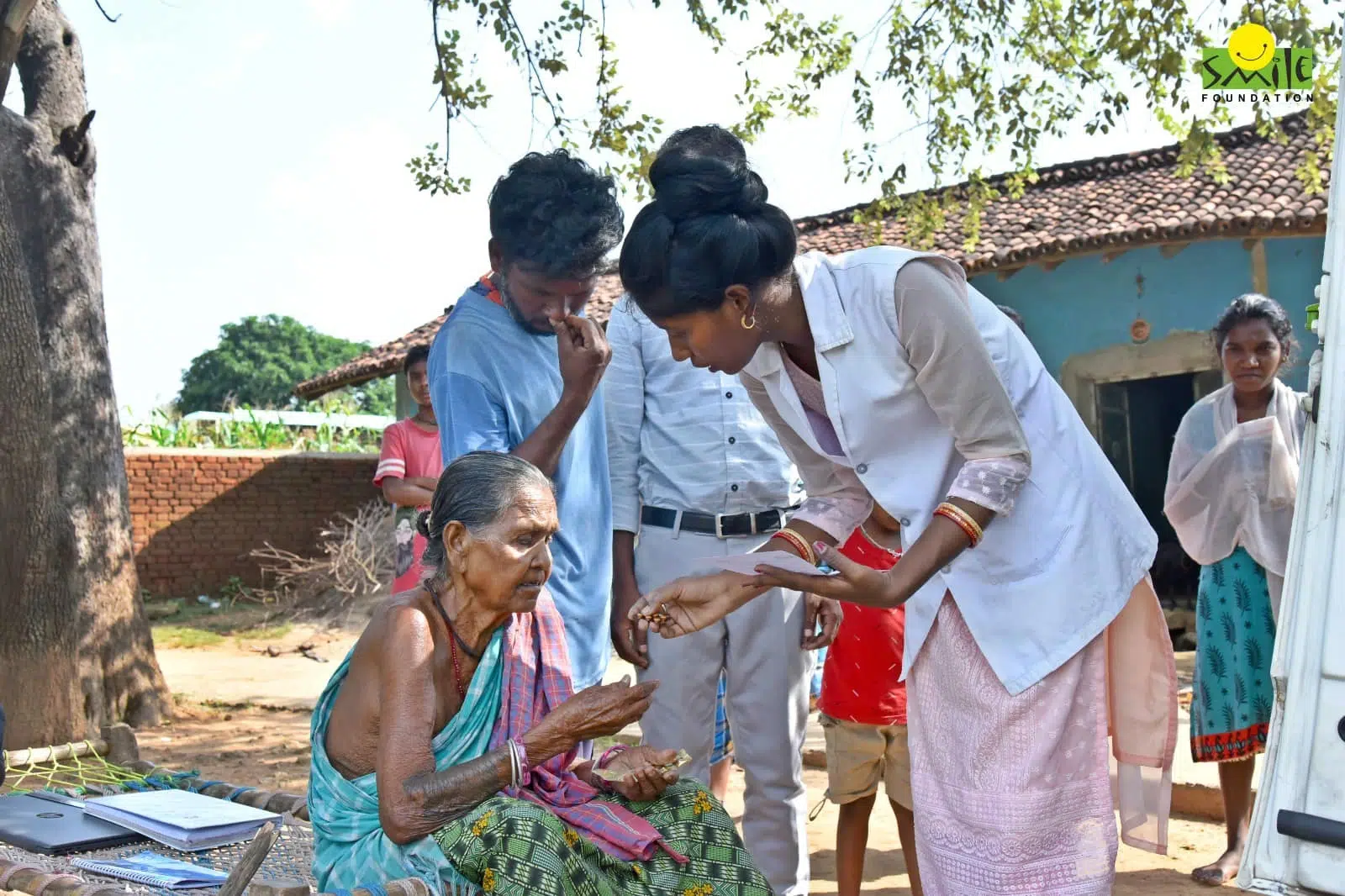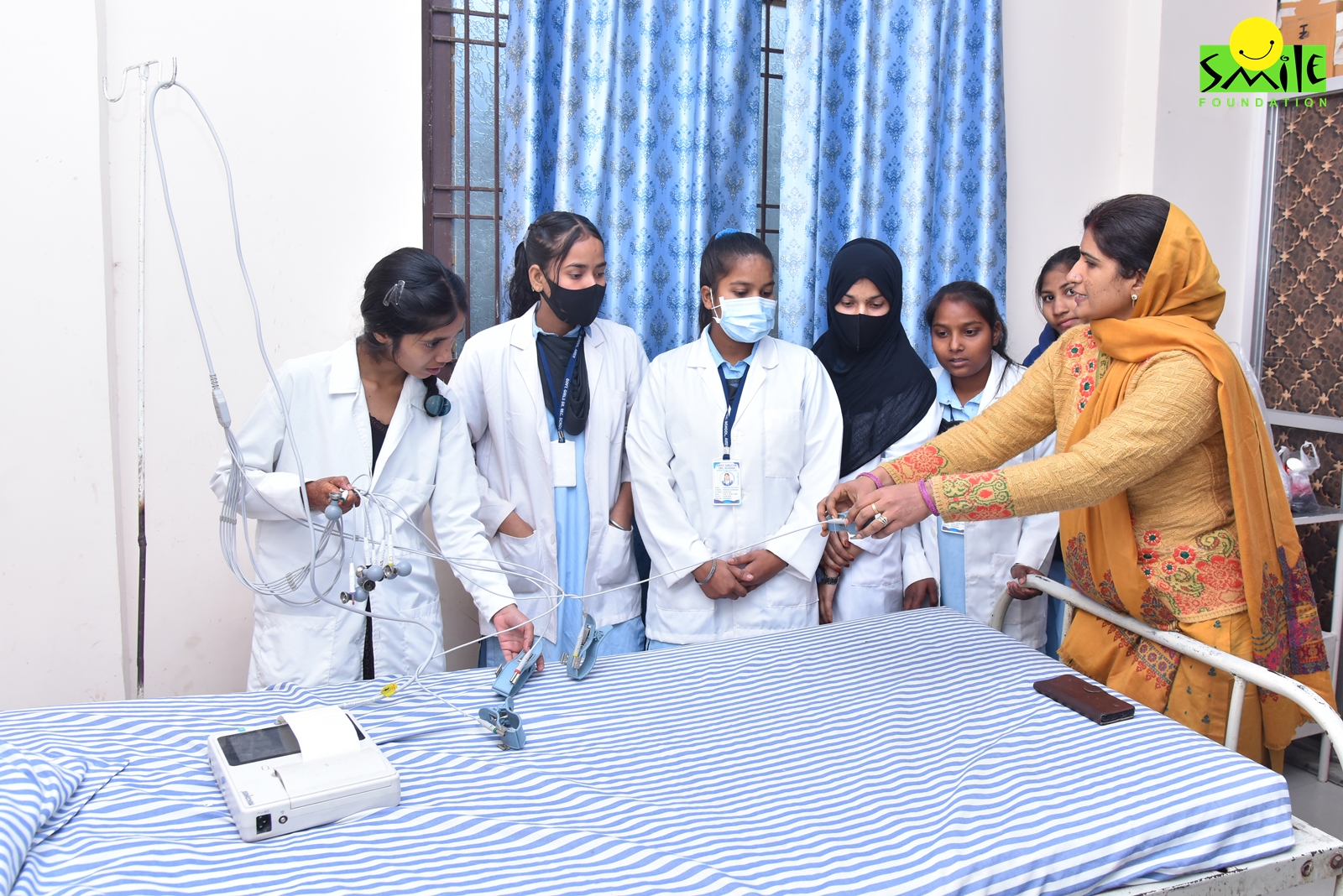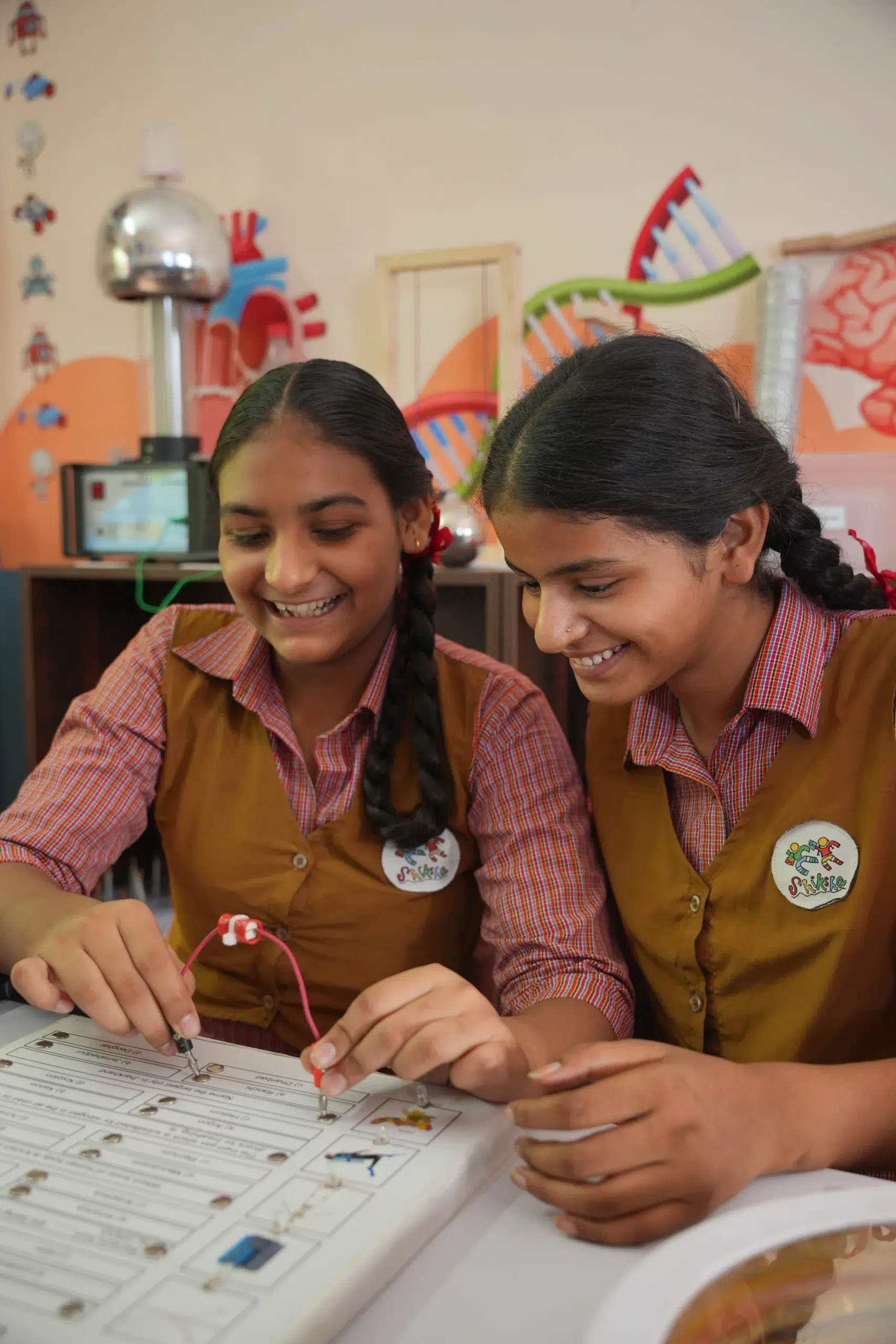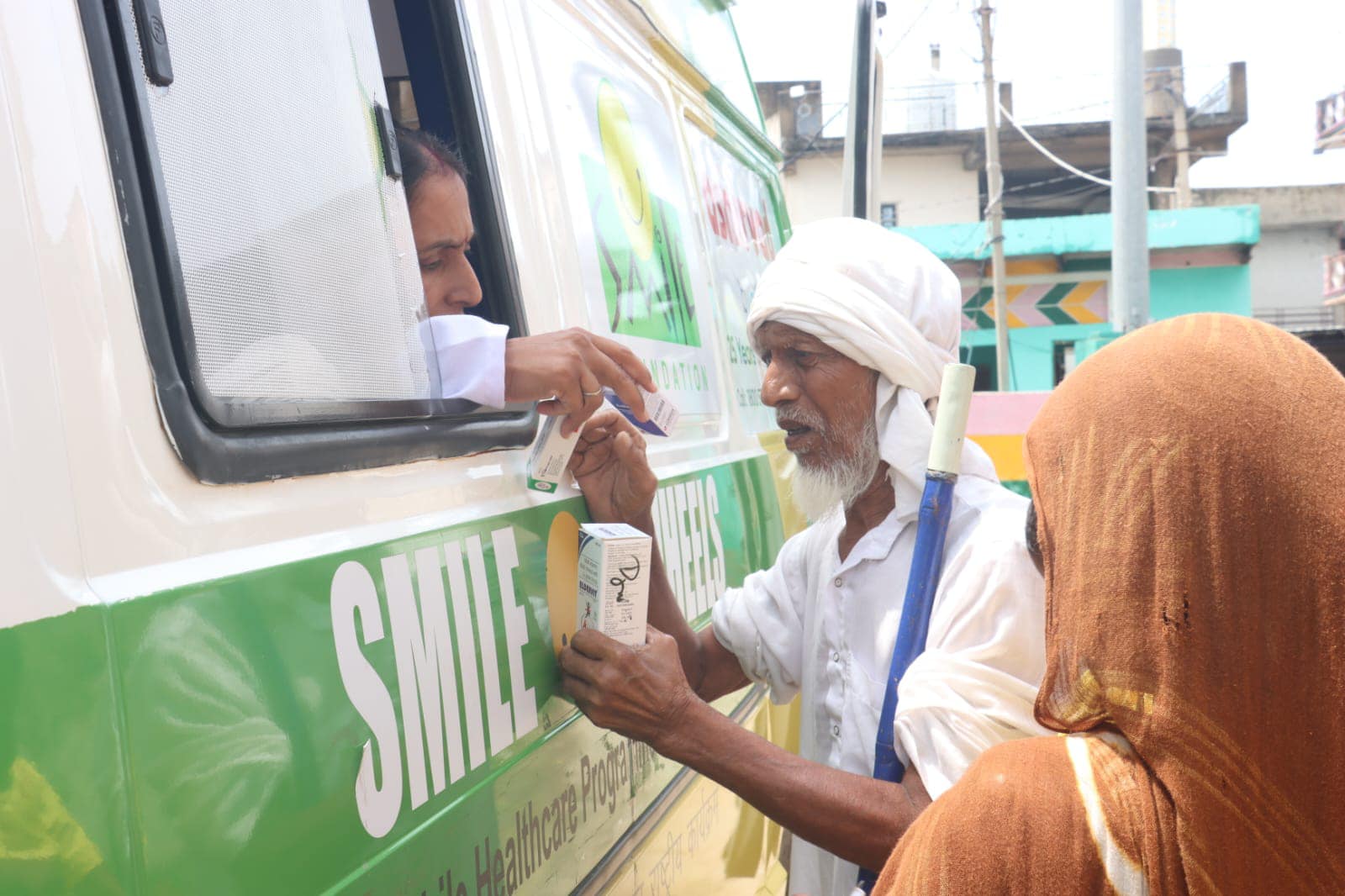India is known to be the world’s oldest and largest democracy, but what is not known is that our Constitution has given all Indians the right to uniform health care as one of their civil and constitutional rights – “right to health” for all.
Health is one of the fundamental human rights for people and it must be available to everyone, and no one should be refused access to healthcare. However, in the present scenario, Indian rural health care faces a crisis unmatched by any other social sector. The challenges in India’s rural healthcare system remain. So, while the Government succeeded in generating infrastructure in urban areas, it has failed to do so in rural areas where 70% of the Indian population resides.
Today there are definite attempts to improve the existing infrastructure for providing health care in rural India. It is still a long way to providing qualitative and quantitative primary healthcare facilities. To improve the efficacy of healthcare programs and healthcare availability in India, addressing the 3 A’s is pivotal. Awareness, Accessibility and Affordability – these are the challenges to last-mile healthcare delivery in rural India.
The answer to this lies in a variety of initiatives that can highlight and bring focus to rural healthcare solutions. Initiatives such as expanding the number of hospitals, updating scientific centres and schools, developing hospital infrastructure, improving the medical doctor-to-population ratio, and increasing the monetary funding for rural healthcare. These will make healthcare centres more reachable and less expensive to those who need them the most.
Improvements in Rural Healthcare Availability, Accessibility and Affordability
Well-planned, clean and safe surroundings
For efficacy in rural healthcare, clean, practical and safe facilities such as clean water, hygiene, sanitary environment and simple but efficient waste management methods are all important factors for maintaining quality healthcare services. All requirements such as medicines and the appropriate equipment must be in abundant supply for all those who need to avail of them.
A Professional and Committed Health Workforce
It is important that all rural healthcare hospitals be manned by competent medical staff qualified in all the various medical sciences and their treatments. These should be made available 24/7 to manage the rural populace as well as any unexpected medical emergencies.
Patient-centric Health Management
The needs and expectations of rural patients are very different from the urban healthcare landscape. That is why healthcare services need to be tailored to patients’ and their community’s needs and expectations. Excellent rural healthcare should emphasise sound medical systems and procedures. Services such as patients’ overall well-being, encouraging family participation in patient care, appropriate linguistic communication and simple-to-understand treatment are key indicators of a successful strategy to combat challenges in rural healthcare.
Last-mile Rural Healthcare Initiatives
Decentralisation of financial resources will vastly increase the efficiency of health care. In the mid-1990s, India started the trend of decentralisation of health care and by 1999, systemic changes in all of the Indian states called for the transfer of administrative and financial duties for the management of healthcare facilities at the district level. Major policy decisions were taken that helped increase medical management at the grass roots level. They allowed for a higher budget allocation for rural healthcare and focused on encouraging community participation in all decision-making for better rural healthcare reforms. Some of these measures were eventually included in the National Rural Health Mission (NRHM), started in 2005.
State-of-the-art Hospitals
Another key success factor to address rural healthcare challenges is improving the quality of treatment and welfare for all patients in rural India, as well as overcoming all challenges to last-mile delivery in the rural healthcare system. These hospitals should be able to provide routine medical care as well as have the facilities to treat patients with acute and chronic health problems 24/7. The infrastructure should be equipped with specialised equipment and managed by a multidisciplinary team of doctors, skilled nursing staff and medical technicians.
Emergency treatment, planned procedures, labour and delivery services, diagnostic tests, lab work, and patient education need to be made available at all these hospitals. This gives the rural populace the option of inpatient or outpatient care, depending on their medical condition. This provides better, quicker, flexible and less expensive healthcare, which is the need of the hour for rural India.
Fixing the Doctor-patient Ratio
For several decades, the doctor-to-patient ratio in India has been inadequate and more so in rural healthcare schemes. Even today this remains one of the biggest challenges in quick and effective healthcare in rural India. In 2017, 1.8 million registered medical graduates were serving 1.33 billion Indians, which amounted to a ratio of 1.34 doctors per 1,000 Indian population. Understanding and accepting this as an important paradigm to shift healthcare from adequate to exceptional, India aims to build 200 new medical institutions within the next 10 years. This should be done to satisfy a projected 600,000 doctor deficit.
Laying the Foundation for Increase in Medical Colleges
Another significant contributor in addressing the challenges to rural healthcare delivery is to increase the number of medical hospitals which can improve the doctor-patient ratio. Here, the Indian medical school system is making significant inroads, successfully doubling the number of MBBS graduate (modern medicine training) posts. With over 479 medical schools, India can now accommodate 67,218 MBBS students per year in medical colleges governed by the Medical Council of India. India also generates medical graduates who are trained in the “traditional Indian system of medicine,” governed by the Central Council for Indian Medicine.
To conclude, quality and affordable healthcare is a basic human right as well as a worldwide social aim. Health is a factor that influences a country’s overall economic growth rate because excellent health is a sign of a country’s economic progress. Smile Foundation, through its campaign, ‘Health Cannot Wait’ provides underserved people affordable healthcare, preventive medicine, health emergency preparedness and support at their doorstep across urban slums and rural areas of India. After all, health is wealth.



